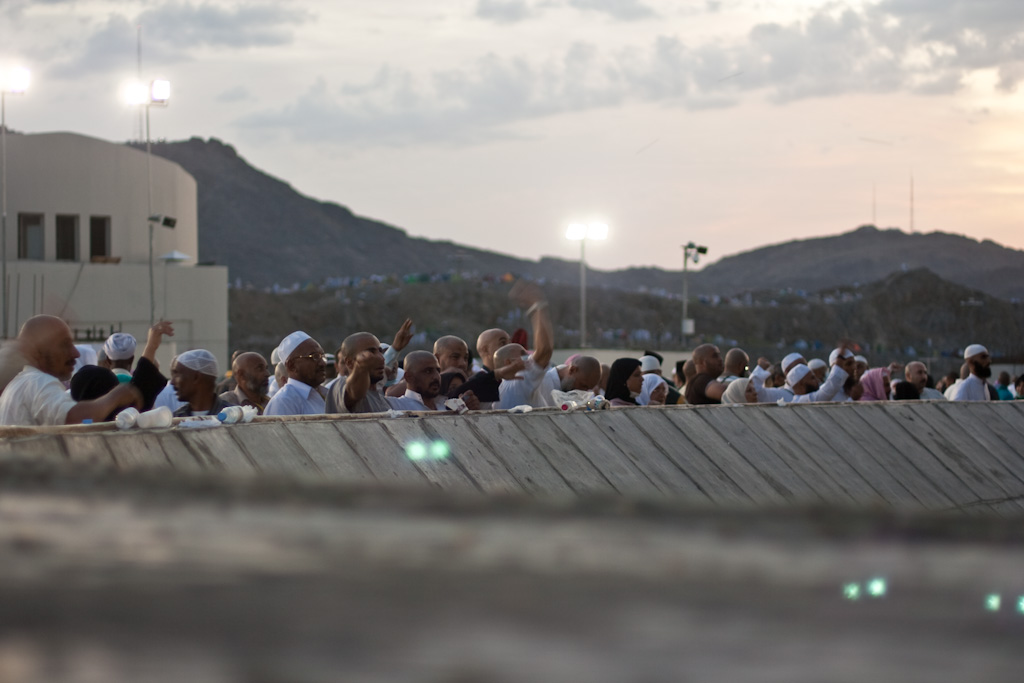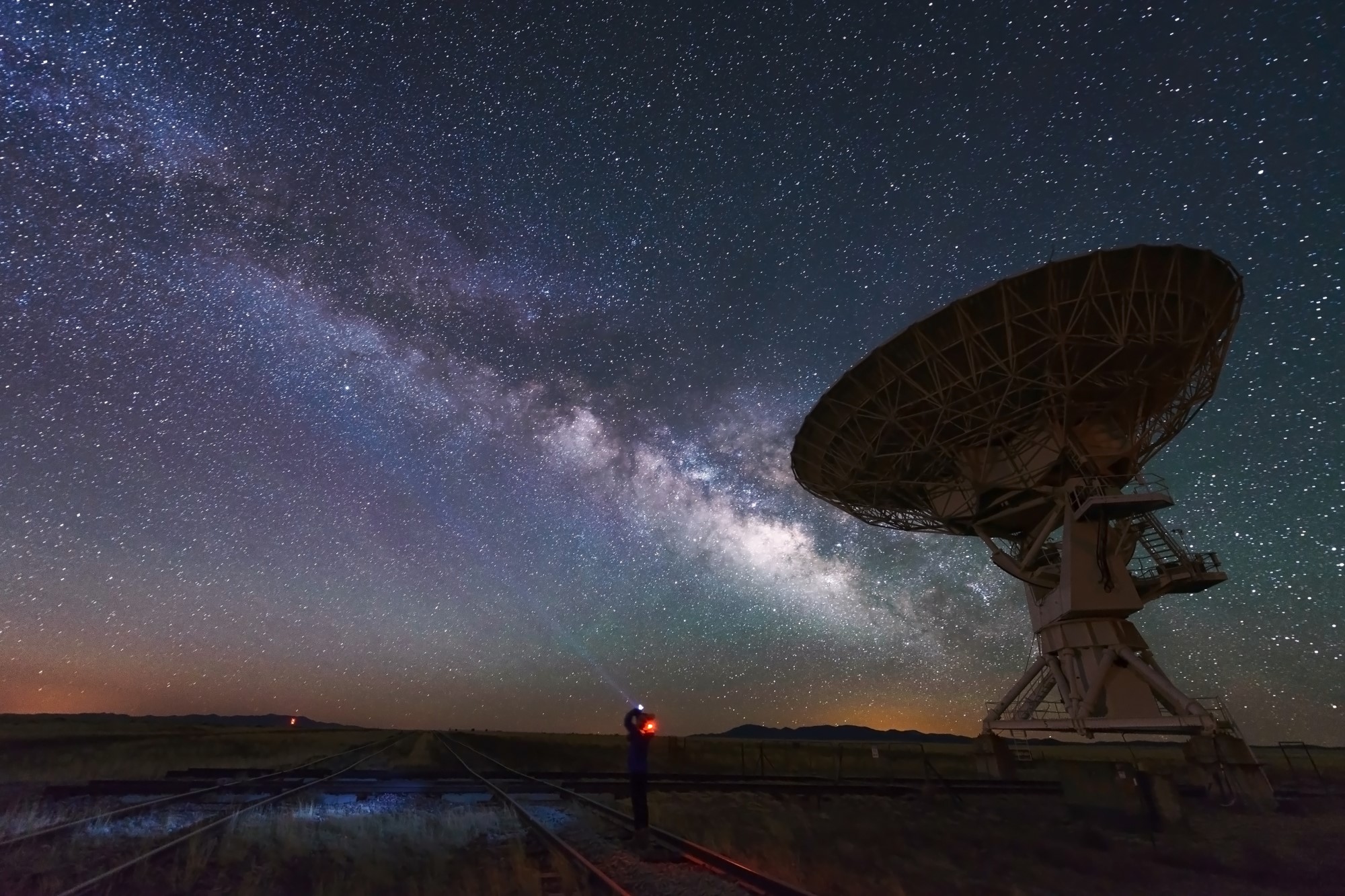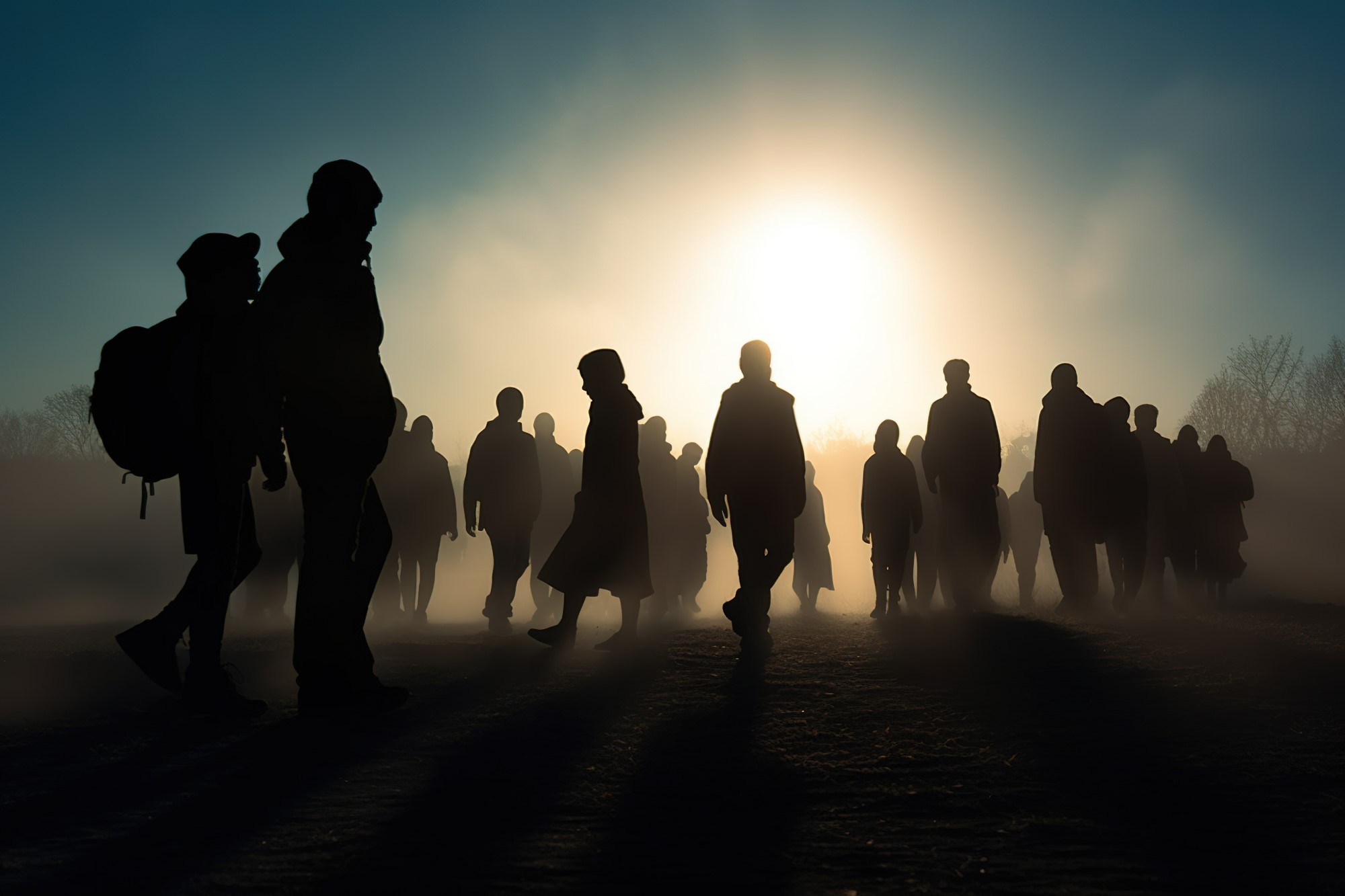Who is to Blame for the Hajj Stampede?
Criticism against Saudi Arabia has grown since the deadly stampede at the Hajj last Thursday, when 717 pilgrims died, and 863 were injured in the tragedy. The deadly crush was not the result of a conflict, but rather the meeting of two groups of pilgrims at an intersection on their way to Jamarat to participate in a symbolic stoning of the Devil at the spot in Mecca where he was said to have tempted Abraham. It was a very hot day and pilgrims were rushing to reach their destination.
Iranian pilgrims faced the highest death toll, with over 100 casualties. Iran and Saudi Arabia are notorious rivals, and this tragedy may further strain their relations. The Saudi health minister believes that the crush is a result of pilgrims not following the proper procedures. Both Iran and Nigeria disagree with this reasoning. A spokesman for the Supreme National Security Council of Iran has said that the Saudi government is “incompetent”, and Iran has entered into a period of national mourning for its fallen citizens. Some Iranians in Tehran have also been staging protests against the Saudis and have encouraged other countries to join in their efforts.
In response, King Salman of Saudi Arabia has offered condolences to relatives of those who were killed or injured. He has also ordered a safety review for the Hajj to prevent future accidents. After a similarly dangerous incident at the Hajj nine years ago, the Saudis have been working hard to improve transportation and infrastructure in order to keep the pilgrims safe.
Do the Saudis deserve so much criticism considering their safety efforts? More importantly, how can future deadly accidents be prevented at the Hajj?





